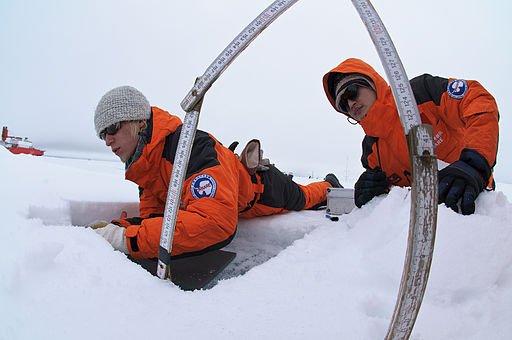
Courtesy of The Metropolitan Museum of Art.Īngel of the Revelation (c 1803-05) is also known by its biblical reference, as And the Angel Which I Saw Lifted up His Hand to Heaven. William Blake (1757–1827), Angel of the Revelation (Book of Revelation, chapter 10) (c 1803-05), watercolor, pen and black ink, over traces of graphite on paper, 39.2 × 26 cm, The Metropolitan Museum of Art (Rogers Fund, 1914), New York, NY. I have already noted that the rainbow is reversed, the ‘whirlwind’ effects, and the multiple eyes, in this quite literal depiction of the Bible.įollowing this is the painting of Death on a Pale Horse (c 1800) in the Fitzwilliam Museum, Cambridge, England, which I do not show, although it refers to Revelation chapter 6 verse 8. And when those beasts give glory and honour and thanks to him that sat on the throne, who liveth for ever and ever, the four and twenty elders fall down before him that sat on the throne, and worship him that liveth for ever and ever, and cast their crowns before the throne, saying, “Thou art worthy, O Lord, to receive glory and honour and power: for thou hast created all things, and for thy pleasure they are and were created.”
#Revelations the eagle the bear and the dragon full#
And the first beast was like a lion, and the second beast like a calf, and the third beast had a face as a man, and the fourth beast was like a flying eagle.Īnd the four beasts had each of them six wings about him and they were full of eyes within: and they rest not day and night, saying, Holy, holy, holy, Lord God Almighty, which was, and is, and is to come.

And before the throne there was a sea of glass like unto crystal: and in the midst of the throne, and round about the throne, were four beasts full of eyes before and behind. And round about the throne were four and twenty seats: and upon the seats I saw four and twenty elders sitting, clothed in white raiment and they had on their heads crowns of gold.Īnd out of the throne proceeded lightnings and thunderings and voices: and there were seven lamps of fire burning before the throne, which are the seven Spirits of God. And he that sat was to look upon like a jasper and a sardine stone: and there was a rainbow round about the throne, in sight like unto an emerald. In the King James version, this is a vision of the ‘hereafter’:Īnd immediately I was in the spirit: and, behold, a throne was set in heaven, and one sat on the throne. The Four and Twenty Elders Casting their Crowns before the Divine Throne (c 1803-5) starts this sequence in narrative order, referring to the book of Revelation, chapter 4 verses 2-11. © The Tate Gallery and Photographic Rights © Tate (2016), CC-BY-NC-ND 3.0 (Unported),

Graham Robertson through the Art Fund 1949), London. William Blake (1757–1827), The Four and Twenty Elders Casting their Crowns before the Divine Throne (c 1803–5), graphite and watercolour on paper, 35.4 x 29.3 cm, The Tate Gallery (Presented by the executors of W. This article examines those, Blake’s extraordinary watercolour paintings of the book of Revelation between about 18. In fact, several of his wildest images were put onto paper for his loyal patron Thomas Butts, as part of Blake’s illustrations to the Bible shortly after 1800. We tend to think that William Blake’s most visionary and radical art was created later in his career, particularly as part of his illustrations to Dante, and that his biblical paintings around 1800 were more conservative.


 0 kommentar(er)
0 kommentar(er)
